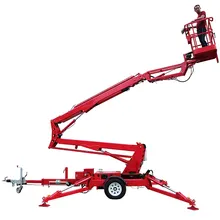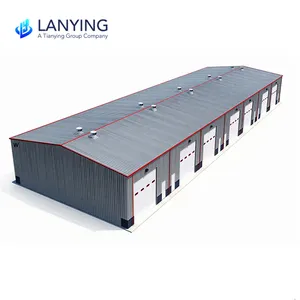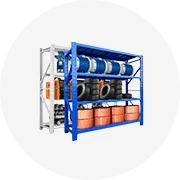Exploring the Versatility of Organization Structure
Understanding the organization structure is pivotal for businesses aiming to streamline their operations and enhance efficiency. This framework, often depicted through a company organizational chart, outlines the hierarchy and relationships between different departments and their functions within a corporation. The significance of a well-defined organizational structure cannot be overstated, as it is the backbone that supports the workflow and communication channels of any thriving business.
Types of Organizational Structures
There are several organizational structure types that cater to the diverse needs of businesses. The functional organizational structure is one of the most common, organizing employees based on their specialization and respective roles. On the other hand, a matrix organizational structure offers a more dynamic approach, where individuals report to multiple managers, blending functional and project-based attributes. Each type presents unique advantages and is chosen based on the company's objectives and industry demands.
Components of an Effective Organization Structure
An effective organization structure is composed of various levels that form an organization hierarchy chart. This chart not only delineates the tiers of authority but also clarifies the managerial scope within the entity. A management structure chart further details the roles and responsibilities of each managerial position, ensuring clarity in governance and decision-making processes. The intricacies of these charts facilitate a transparent and coherent workflow, which is essential for both small and large-scale operations.
Applications in Various Sectors
The application of an organization structure extends across various sectors. In the corporate world, a functional company structure is often employed to maintain a clear-cut division of labor. Conversely, industries that thrive on project-based tasks tend to favor a matrix business structure or a matrix management structure, which allows for flexibility and better resource allocation. The adaptability of these structures makes them suitable for a wide range of business models and organizational sizes.
Advantages of a Robust Organizational Framework
A robust organization structure offers numerous advantages. It fosters a clear understanding of job roles, streamlines communication, and enhances coordination across various departments. An organization organogram can also aid in identifying operational inefficiencies and provide a roadmap for process optimization. Moreover, a well-implemented structure supports scalability, allowing businesses to adapt and grow without compromising on operational integrity.
Conclusion
In conclusion, the organization structure is a critical component for any business seeking to establish clear operational guidelines and efficient management practices. Whether it is a functional management structure or a matrix organizational design, the right framework can significantly contribute to a company's success. Alibaba.com, as a leading B2B platform, connects businesses with a plethora of suppliers offering solutions that cater to these organizational needs, ensuring that every company can find the structure that best suits its unique requirements.






























 浙公网安备 33010002000092号
浙公网安备 33010002000092号 浙B2-20120091-4
浙B2-20120091-4